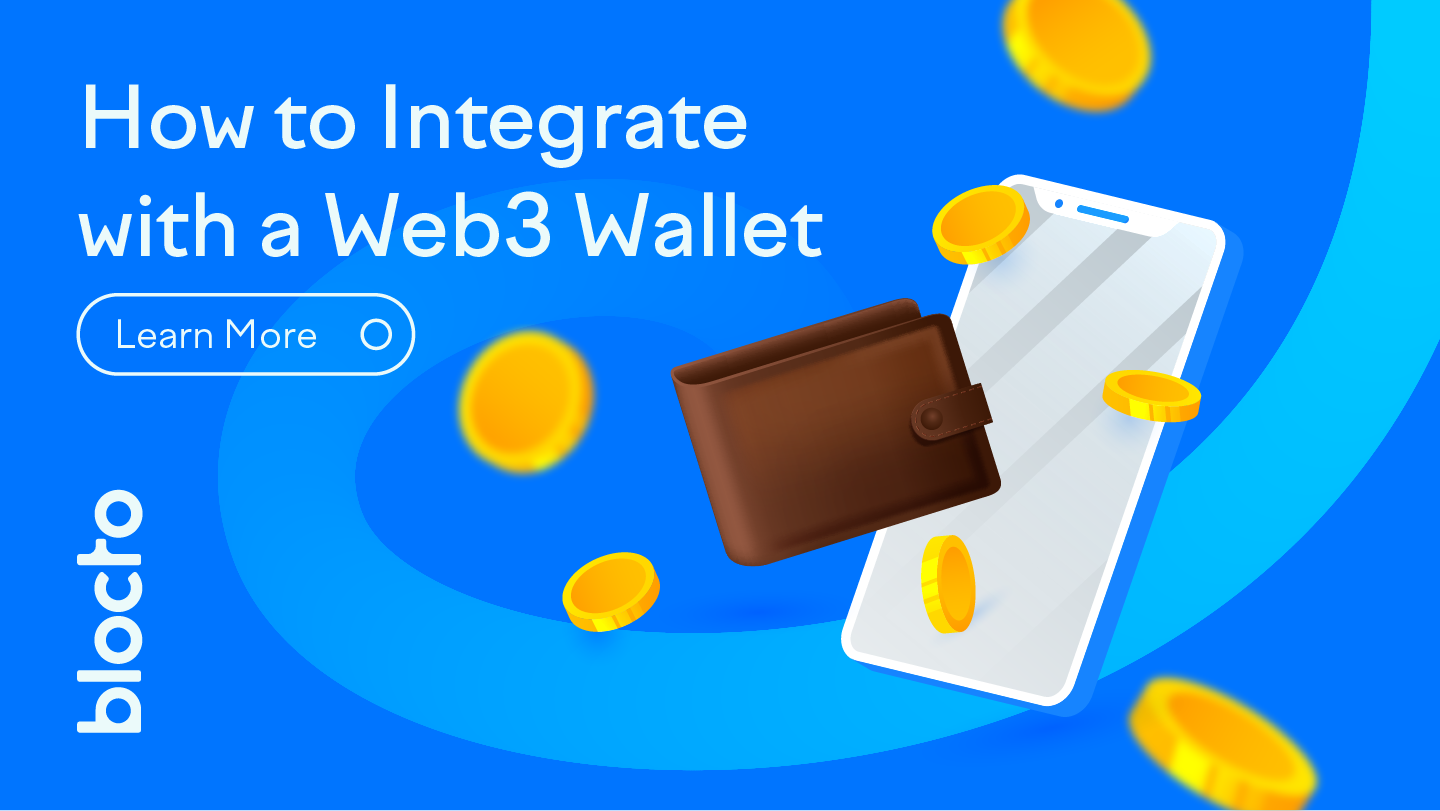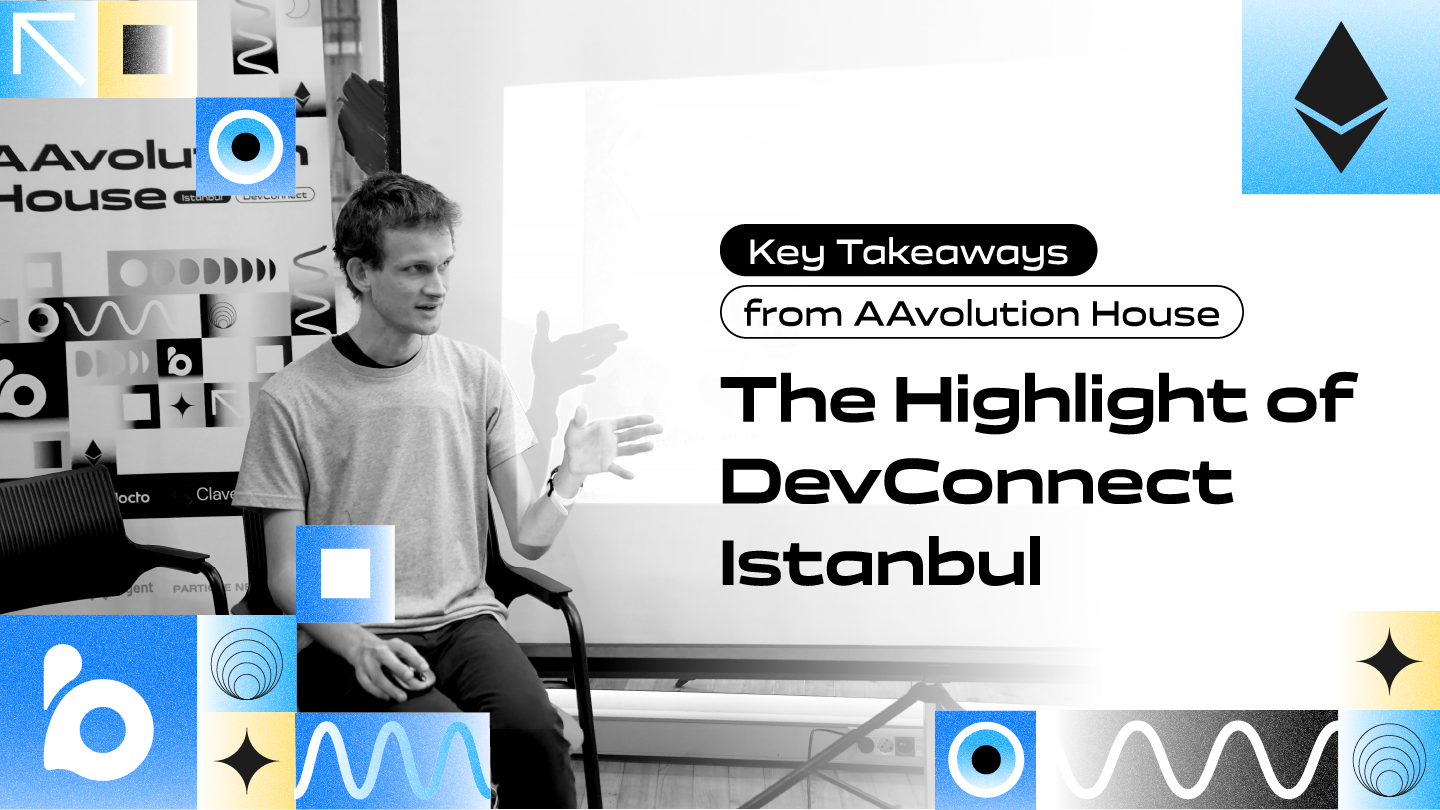
A Web3 wallet is a tool for accessing the Web3 economy. It provides users the advantage of gaining control of their data and privacy, being in charge of their digital assets’ security and safety, and taking out utility and value on their own without the interference of a third party. Since Web3 wallets have these characteristic anonymity features, they are better classified as “non-custodial” wallets.
Why do we need to Integrate a Web3 Wallet?
Web3 wallets offer many benefits, which is why every project should integrate them. Their benefits revolve around the trustless, permissionless, and limitless nature of Web3.
Management and Control
An important benefit of a Web3 wallet is the ability of users to gain complete management and control over their data and assets. There’s no need for a third party, which implies that users do not need to be worried about long Know Your Customer (KYC) or anti-money laundering (AML) processes. All you need to interact with a Web3 wallet is a Web3 wallet address, a string of numbers and letters that digital assets can be sent to and received.
Ease of Use
Another benefit of a Web3 wallet is ease of use. A Web3 wallet is very simple to set up. For instance, with Blocto Wallet, users can enjoy 30-second login and an intuitive user experience that requires no learning curve. In just a few steps, users can already start transacting with Blocto Wallet.
Security
Security has been a significant concern for wallets in the past. With a Web3 wallet, the security of data and digital assets stored on it is given high priority. It’s essential to note that since wallet developers can’t have access to the wallets, it’s the sole responsibility of users to safeguard their wallets by themselves. Users can achieve this by safekeeping private keys or seed phrases issued while setting up the wallet.
Freedom
Web3 wallets offer the additional benefit of freedom. This implies that users avoid wallet censorship and can enjoy the liberty of sending and receiving digital assets to anyone at any time.
Which chain to choose?
Choosing the right blockchain ecosystem for your Web3 project can be challenging. There are several factors to be considered. First, the demand on Web3 platforms to develop formidable and innovative solutions with fast transaction speeds has increased recently. Choosing the proper chain helps developers create and interact with dApps in the Web3 space to enhance users’ experience.
Blockchain ecosystems are essential for any Web3 project. It shows how the blockchain works, what problem(s) it is solving or will solve, and the approach to solving these problem(s). The elements that contribute to the success of a chain include the developers who build and update the network, the nodes (devices that put the network in operation), the miners or validators who validate transaction processes, and the stakeholders—primary holders of the network’s native token.
Bitcoin
The Bitcoin network is more limited in innovation than other blockchain networks that have emerged after it, even though its cryptocurrency is the biggest by market capitalization. This is because by design, Bitcoin is a peer-to-peer payment system, although it’s now frequently used as a store of value. In addition, it operates using a proof-of-work mechanism, and the developers focus mainly on fixing bugs to enhance payment functionality.
Ethereum
The Ethereum blockchain is the most popular blockchain after Bitcoin. However, what makes the Ethereum chain truly special is that it is the foundation of several other chains. This is because of smart contracts, which are self-executing blockchain contracts. The introduction of smart contracts on the Ethereum chain offered a comparative advantage over all networks, although several others have embraced smart contracts in their protocol. Smart contracts have expanded blockchain technology capabilities, and ushered in several projects such as DeFi, NFTs, VRs, and ARs.
With the recent Ethereum Merge, the new proof-of-stake (PoS) in the Ethereum network will serve as leverage for better and higher technical competencies in the long run. Furthermore, PoS solves the energy consumption problem as it consumes less energy by offering a ~99.9% reduction in the energy used to secure the network.
Binance
Apart from its smart contracts capabilities, the Binance ecosystem lab serves as a home for many blockchain projects and has a product launch pad. In addition, the Binance platform also supports staking programs and has been used to distribute airdrops on some projects.
As a rule of thumb, if a chain has a diverse range of projects, it is a good and promising sign. However, this is not always true. Therefore, it’s vital to consider transaction speed when choosing a chain for Web3 wallets and Web3 projects.
Aptos
The Aptos network uses proof-of-stake (PoS) with an advanced Byzantine Fault Tolerance (BFT) consensus mechanism, alongside a set of validators to receive, process, and validate transactions. These factors place it miles ahead of previous chains. For example, when considering transaction speed, on the Aptos network, about 160,000 transactions can be processed in a second. This speed is attributed to the use of the Move programming language.
The Aptos network also focuses on solving scalability, reliability, and safety problems in the blockchain space. It achieves all of these through its parallel execution engine and sharding process to increase scalability. Exclusive security features come from its modular design, low transaction fees, and cutting-edge synchronization process. The Move programming language also ensures that it will be impossible to create new tokens on the Aptos network without correct credentials. This, in turn, prevents the technical flaw of double-spending on the blockchain.
How to integrate?
Blocto Wallet offers a way to integrate Web3. It’s an asset and dApps hub, where users can seamlessly and securely manage their assets across all available chains, including Aptos. Blocto Wallet has high usability and simplicity, multi-chain support with no barriers (including Flow, Solana, Tron, Aptos, and Ethereum), and a smart contract-powered ecosystem.
With Blocto Wallet, users enjoy a 30-second login and an intuitive interface. Practically no learning curve is needed to navigate the wallet, compared to other wallets or wallet extensions. Blocto Wallet also drastically reduces onboarding time and enhances the overall user experience. Integrate with Blocto Wallet today!

